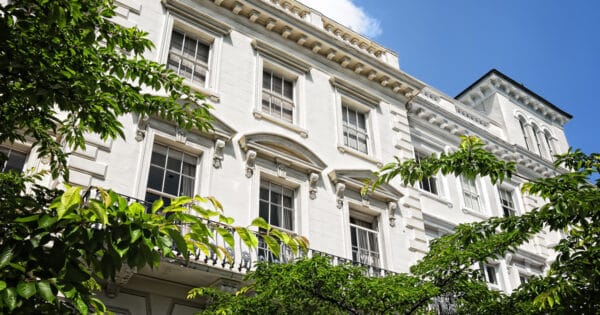As a recent addition to Moore Barlow, when joining I was asked by family members “What firm are your joining? How long has it been in existence? Who, indeed, are Moore and Blatch?”
To my shame, my ignorance was total, as all I knew at the time was that I was taking up an opportunity to join one of the fastest growing firms in the South. With its five offices, abundance of staff and myriad areas of expertise, the simple question of where the firm came from can get forgotten. As such, I tasked myself with the responsibility of finding out…
1797. Over 200 hundred years ago. Famous for a war with France, George III on the throne and, less so, for John King setting up a law firm at Brackens, Lymington. At that time, he was one of five attorneys in Lymington, which has seen a vast influx since then. John practised alone until 1831, when he was joined by Edward Horatio Moore, creating the new law firm King and Moore.
Unfortunately, John King died in 1837, having retired from practice the year before. Edward Moore died in 1889 at the ripe old age of 87 having been a partner at the firm for 58 years. However, he had not been idle, as he had overseen the growth of the firm over that period.
As such, from 1837, Moore has always been the first name in many iterations of firm name throughout the early years. As for the move from Brackens, in 1883 the firm moved to Stanwell House at 15 High Street Lymington.
In 1931, Cecil Herbert Spence Blatch (otherwise known by his nickname ‘Purple’) joined the firm, with his name emblazoned in gaslight alongside Moore, Trestrail and Blatch. In 1938 however, Cecil was left as the sole partner and the first modern iteration of our name was born, Moore & Blatch.
During the Second World War, Squadron Leader Cecil Blatch was unable to practice, but the firm was kept together by his then managing clerk, W. D. Bradshaw.
Upon his return to the war, he was joined by Alfred William Cowper, and the property known as 48 High Street became the historic spiritual home of the firm. On Cecil’s retirement, Noel became the managing partner of the firm.
During the ’50s and ’80s the firm continued to expand, going from a team of 11 employees (who could not even fill the 48 High Street office) to 10 partners, an accountant and 87 employees over 7 offices. As put by Oliver Ziegler, “to start off with the expansion was certainly not planned but just seemed to happen”.
This approach soon changed, and the firm took seriously the growth that would sustain it going forwards. Indeed, our garden at Lymington remains an absolutely gorgeous part of the fabric of the firm and is kept in its beauty by our gardener Ian Perry, who is continuing a long tradition of the firm.
There are many details not included, and indeed now lost, within this potted history, such as stories of pints at The Angel after Court, Mrs Blatch’s ballet company, the junior collecting cigarettes and the mysterious origins of the nickname ‘Purple’.
It is clear the roots of the firm stretch back very far indeed, having been a part of Lymington and its surrounds for a period of 221 years and counting. With the firm continuing to consolidate its position in the South, I look forward to many more years ahead.
With thanks to Moore & Blatch A Brief History by John Towndrow.







